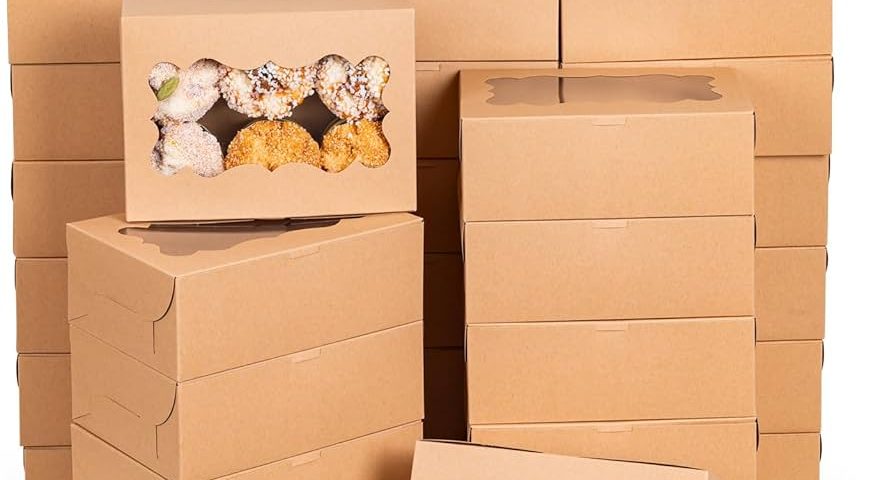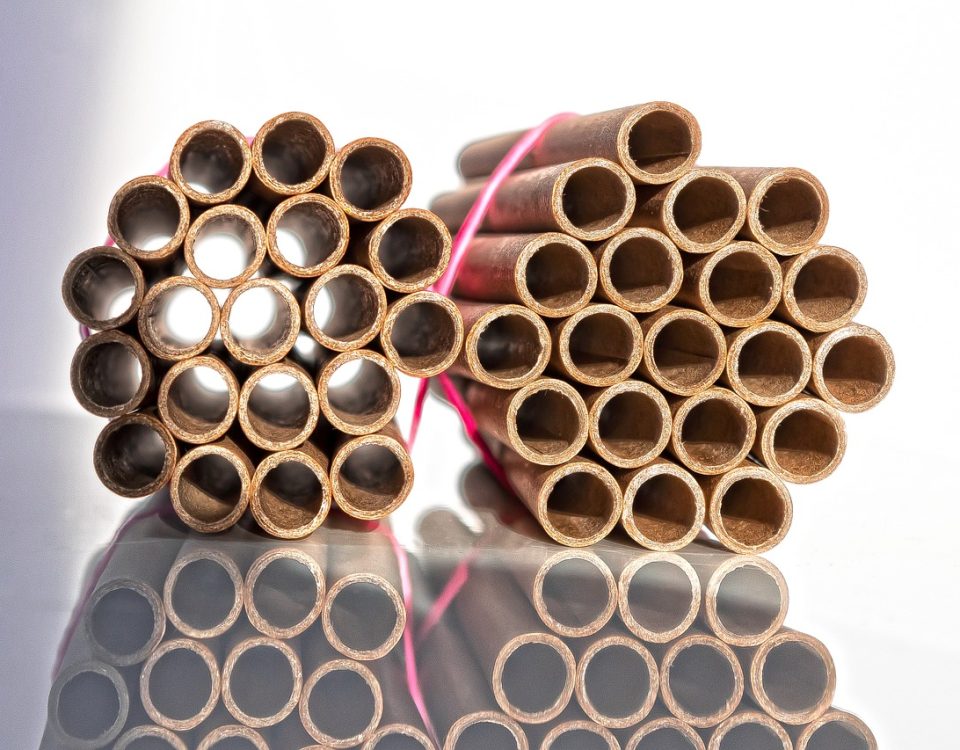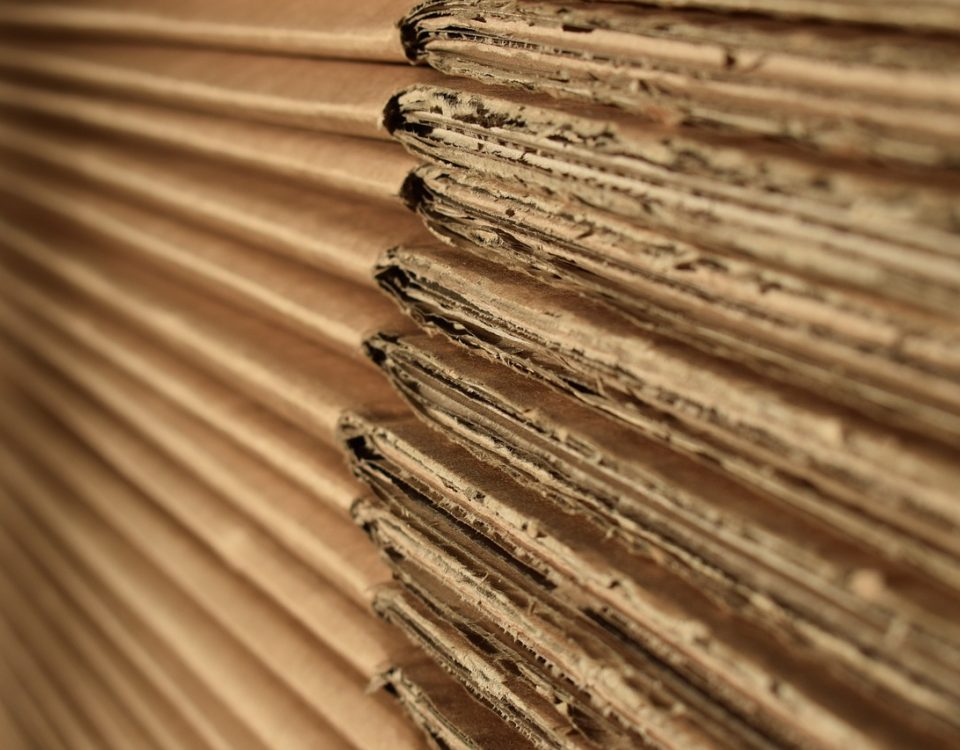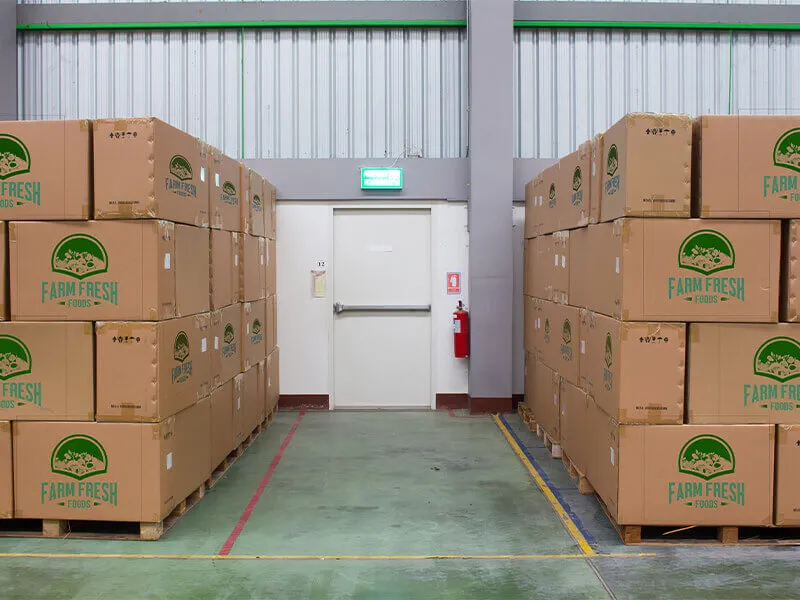
Fragile Products: Best Practices for Storage and Packaging
July 8, 2024
Pizza Boxes: Their Specifications and the Importance of Quality
July 12, 2024Manufacturing confectionery boxes requires meticulous attention to every detail to ensure the sweets are presented attractively and safely. The quality of these boxes relies on the materials used, the design, and the printing, all of which play a critical role in the customer’s experience and satisfaction. In this article, we will explore the manufacturing process of confectionery boxes from start to finish, highlighting each step of production and the importance of quality at every stage.
1. Design and Prototype Development
The manufacturing of confectionery boxes begins with the development of a prototype design that meets the product’s needs. This design involves determining the shape, size, and style that reflects the brand’s identity. Clients can customize the design based on their requirements, including colors, logos, and graphics.
2. Selection of Raw Materials
The materials used in manufacturing must be food-safe and free from harmful chemicals.
Manufacturers often choose cardboard due to its strength and ease of forming. You can select different types of cardboard based on specific needs, such as using recycled paper for environmental sustainability. You may use plastic to provide transparent windows or decorative touches.
3. Production Process
Cutting machines precisely cut raw materials into the required sizes and shapes. We use printing techniques such as flexographic or digital printing to print designs and logos on the materials. Specialized machines then fold and glue the cut materials to form the boxes, ensuring accuracy and quality.
4. Forming and Assembly
After completing the production process, workers or machines assemble the boxes, depending on the production volume and design complexity. Inspectors check the boxes to ensure there are no defects in printing, cutting, or assembly.
5. Final Packaging
In the final stage of manufacturing confectionery boxes, decorative elements like ribbons or buttons can be added to enhance their appeal. Workers pack the finished boxes in shipping cartons to ensure they reach customers in perfect condition.
6. Environmental Sustainability
It is preferable to use recyclable materials in the manufacturing process to reduce environmental impact. Modern manufacturing techniques should be employed to maximize the use of raw materials, minimizing waste and increasing efficiency.
Modern Techniques in Confectionery Box Manufacturing
The confectionery box industry requires continuous innovation and development to ensure the delivery of high-quality, attractive products that meet customer expectations. With technological advancements, new techniques have revolutionized the manufacturing process, improving efficiency, quality, and sustainability. Key modern techniques include:
- Digital Printing: Digital printing offers high precision in details and easy customization of designs.
- Laser Cutting Technology: Laser cutting provides high accuracy in cutting cardboard and other materials, ensuring clean edges and complex shapes with ease.
- Inline Lamination: Lamination enhances the strength and durability of confectionery boxes and protects them from moisture and external factors. It can be integrated into the production line, saving time and increasing efficiency.
- Eco-friendly Materials: These materials help reduce the carbon footprint of companies and enhance their image as environmentally responsible brands.
- Automated Assembly Techniques: Automated assembly techniques increase production speed and reduce human errors. Advanced machines can fold, glue, and assemble boxes with high precision and speed.
- 3D Printing: 3D printing enables the quick creation of prototypes, facilitating the design and development of innovative confectionery boxes.
The manufacturing of confectionery boxes requires attention to detail at every stage to ensure the delivery of a high-quality and attractive final product. From the initial design to the final packaging, each step contributes to enhancing the customer experience and supporting the brand’s identity. By focusing on quality and sustainability, manufacturers can meet customer expectations and increase satisfaction, thereby enhancing the brand’s reputation and boosting sales.




